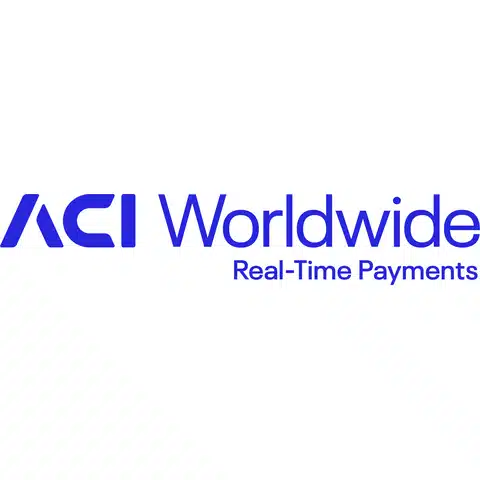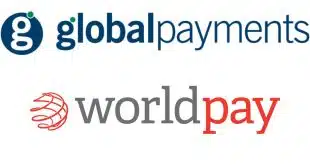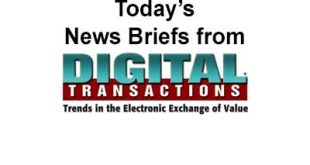Paying down debt is one of the top ways consumers intend to spend their tax refund in 2025, says a survey from ACI Worldwide Inc. Some 39% of consumers surveyed said they would use their tax refund to pay down credit card debt and other loans, an indication that inflationary pressures are eroding consumers disposable income, ACI says.
Depositing their refunds into a savings account was the top choice among respondents, with 44% saying they plan to do so. Using a tax refund to make a minor purchase, such as cloths or sporting goods, was the third most popular option, with 20% of respondents citing it.
ACI conducted the survey, called the Speedpay Tax Trend Report, in conjunction with YouGov Plc, a British Internet-based market research firm, which has operations in North America. ACI surveyed 1,247 adults, between Jan. 30-31. It is the third year ACI has conducted the study.
“The trend of consumers using their tax refunds to pay off debt has remained consistent,” Ron Shultz, general manager at ACI SpeedPay, says by email. “This year’s survey shows a slight increase compared to last year (38% vs 39%), indicating that consumers continue to prioritize financial stability by reducing debt amid persistent inflation.”
ACI SpeedPay is a bill-payment solution that supports billing, payment, and communication, as well as multiple payment options.

The survey also found that 65% of respondents prefer to pay their income taxes digitally, compared to 15% saying they plan to pay by check, down slightly from 16% in 2024. In 2023, 18% of respondents planned to pay their taxes by check.
Using alternative payment methods to pay income taxes is a popular option among Gen Zers, with 12% saying they would pay their taxes using an alternative payment method, up from 10% in 2024. Just 6% of millennials say they would pay their taxes using an alternative payment method, down from 7% in 2024. Gen Xer use of alternative payment methods remained flat at 3%, while 3% of Baby Boomers said they would pay taxes using an alternative payment option, up from 1% a year ago.
Some 78% of respondents said they prefer to have their refund electronically deposited to a designated account, while 14% said they would prefer to be paid by check. Baby Boomers were the demographic that had the highest preference for receiving refunds by direct deposit (86%), followed by Gen Xers (85%), Millennials (76%), and Gen Zers (61%).
“The prospect of speed, convenience and security contributes to the growing trend of paying tax returns digitally,” says Schultz. “When debt is mounting and economic pressures are building up, moving money efficiently becomes more important than ever to help consumers stay on top of their financial obligations while minimizing risk.”
The survey also found an overall lack of awareness of scams that coincide with tax season, with 62% of respondents saying they are aware of phone scams, such as a fraudster who pretends to be an IRS agent, down from 64% a year earlier. Among consumers who have been victimized by tax fraud, one-third were phone and email scams involving fraudsters impersonating the IRS agents, the study says.
When it comes to other types of tax fraud, 58% of respondents said they are aware of phishing scams—such as fraudsters pretending to be an IRS agent by email, social media, or through a fake Web site—down from 63% a year ago. Some 35% of respondents expressed awareness of scams in which someone tries to file taxes in their name without their approval, down from 38% a year ago.
Overall, the study reveals that “tax season is a prime opportunity for scammers to target consumers who feel overwhelmed by the complexities and time pressures of filing,” Shultz says.





